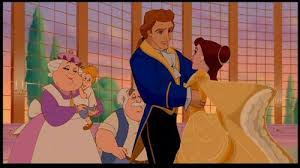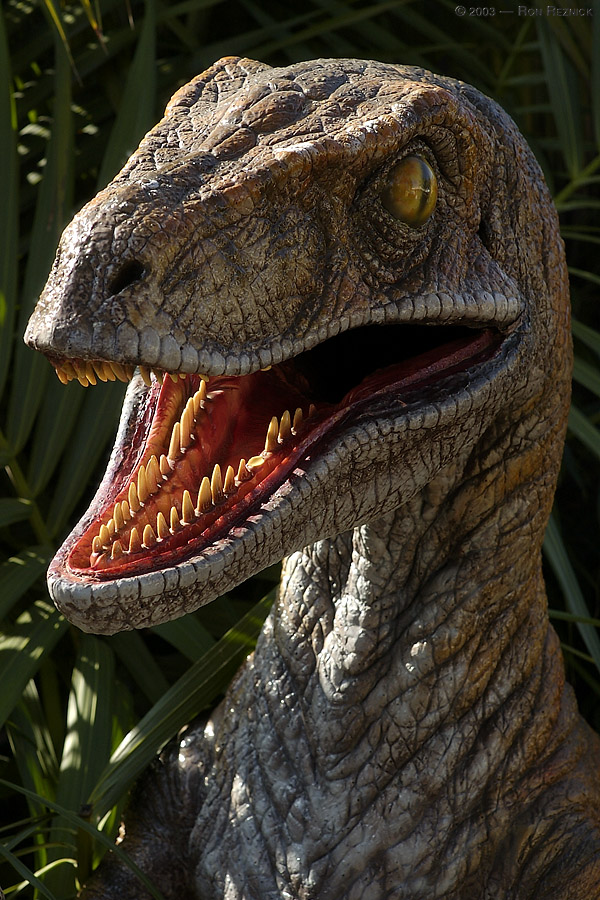It has been brought to my attention by a very dear friend that I should do a post (or series thereof) defending the thesis that Disney movies are not children's movies, but are actually designed for intelligent people to watch. I fully agree with this, and, in order to prove it, I shall do a series analyzing Disney's classics and bringing out their deeper philosophical themes. The first subject of discussion:

Now, most of you know the basic story of Beauty and the Beast: Beautiful girl meets hideous monster, beautiful girl is repulsed by said hideous monster, beautiful girl finally realizes that hideous monster is a good person on the inside and learns not to judge a book by its cover. upon discovering this the outside magically changes to reflect the inside and the beast becomes a handsome prince, which the girl marries and they live happily ever after. Everyone knows this, BUT what everyone doesn't know is that the story is so much more than a cliche 'don't judge a book by its cover tale'. Beauty and the Beast represents a beautiful platonic allegory shadowing deep and poignant themes from Plato's masterwork: the Republic.
The story of Beauty and the Beast works as an allegory on two levels. On the one hand the story acts as a socio-political tale. Belle, the Beauty, is from a poor provincial French town that is in a state of deep political crisis. The town is ruled over by a young prince who is separated from the masses both literally and figuratively. Literally the prince lives several miles away in a foreboding castle, symbolizing the rift between the French aristocracy and the masses.
Figuratively, The prince is separated from his people through the fall of his character. As the leader of the villagers the prince ought to have acted as the Platonic 'Philosopher-King'. Instead, it is obvious that he has neglected his duties and has become something of a tyrant. Belle herself realizes this and is unable to see him as a human being when she first meets him, but projects her inward image of him as a beast on the man himself.
Belle, herself, is caught up in the raging class warfare and is unable to see human beings past their occupations, reducing the servants of the prince's castle to the objects that represent the duties that they perform.
Belle is ultimately able to overcome her prejudices and see everyone as the ensouled beings that they are. The Village, however, without the Philosopher-king beging to favor the rule of a Timocracy, represented by the character of Gaston. Gaston is not a bad person, as some might be inclined to think, but is ruled by his love of honor rather than his love of wisdom, making him an inferior ruler, yet preferable to the tyrant that the Prince has become.

In the end, it is Gaston who is the hero, as it is he who galvanizes the Prince to take up his neglected responsibilities. Gaston nobly sacrifices himself in order that the villagers won't contest the Prince's power, both inspiring the noble qualities in the Prince to take over once more, and leaving the way uncontested for his rule. In all, the Story of Beauty and the Beast presents a striking picture of Plato's ideal Republic, beginning as a tyrant ruled form passion and ending with the Prince, now reformed as a philosopher- king, ruling his people in dignity and wisdom.

Beauty and the Beast works as a Platonic allegory on another level as well. In addition to being a social picture, Beauty and the Beast acts as an allegory for the platonic parts of the soul. Belle, the main character, embodies this, symbolizing the confused struggle of every man. The movie can be divided into three main section. The first one can be understood as a move from a kind of unfeeling nothingness, to the soul being controlled by the apetitve part. Belle, and most of the villagers around her (with the notable exception of Gaston) are all ruled by the apetitve parts of their soul. The Villagers, being what they are, have no choice but to accept this as their lot in life, but it is suggested early on that Belle is greater than they are. Still, she is overwhelmed by fleshly desires, and even bored by the ones that her village has to offer, wanting to travel to other places and indulge in new experiences.

The end of the first part comes after Belle is imprisoned in the castle, leaving her still stuck in her apetitve and fleshly nature.
The second part begins as she and the Beast begin to get to know one another. Both are ruled by their flesh and are unable to get along. This section continues to narrate Belle's struggles with appetite, illustrating this figuratively through an imaginary feast that Belle constructs, filled with every kind of delicacy - a symbol of fleshly temptation.
Yet, as the arc progresses both Bell and the Beast move out of their apetitve natures toward a more spirited nature. Belle makes the full transition when, frightened by the Beast, she gains the courage to try and leave the castle and strike out on her own. The Beast soon follows in this transition as he pursues her and overcomes his cowardly and selfish nature to save her from being eaten by wolves.

Part Two ends in this spot, swiftly transitioning to the third part where the final shift for both Belle and the Beast occurs. Now that the Beast and Belle have shifted from their self-centered, apetitve natures and moved to being ruled by the Spirited part of their soul, they can begin to form a genuine relationship. Belle and the Beast begin to establish a friendship with one another and things move rather quickly. It is not long before the Beast moves from being ruled by his spirit to being ruled by his rational part. When he discovers that Belle longs to return home he does not try to stop and possess her, like the spirited, passionate part of his soul is wont to do, but reasonably lets her return to her home. This highlights the Beast's successful return to a right state internally, leaving him ready to resume his position once more as a philosopher-king, yet Belle, is still ruled by her lesser passions and cannot see the complete change that has taken place within her friend.
Belle's change comes at the very end of the movie. After the selfless Gaston falls to his death, self-sacrificially giving up both the love of his life (Belle) and his claim to political power, Belle is able to overcome her baser emotions and move into a higher plane of consciousness. This is symbolized by the Beast's transformation, and the transformation of all of the castle's servants. She no longer imposes her own stereotypes on the people around her, but is able to see them as they are. The Beast's transformation is purely symbolic (he was never really a Beast), showing her shift in consciousness. Now ruled by reason Belle is suited to be a proper companion for the Beast, helping him rule the village with integrity
Now, this has been a very brief introduction to the deep and rich tale that Disney weaves in Beauty and the Beast. It is far more complicated and complex than it has been presented here. This, however, goes to show that Disney is, indeed, not a children's franchise, but is meant for a more intelligent audience. Many Americans do not realize this, and it is my mission to bring it to the attention of the public at large. Intelligent people should watch Disney, and I'll continue to show you why. Tune in Next week for a brief exposition on Disney's Snow White: The Detrimental Effects of Schizophrenia and Food Poisoning.









